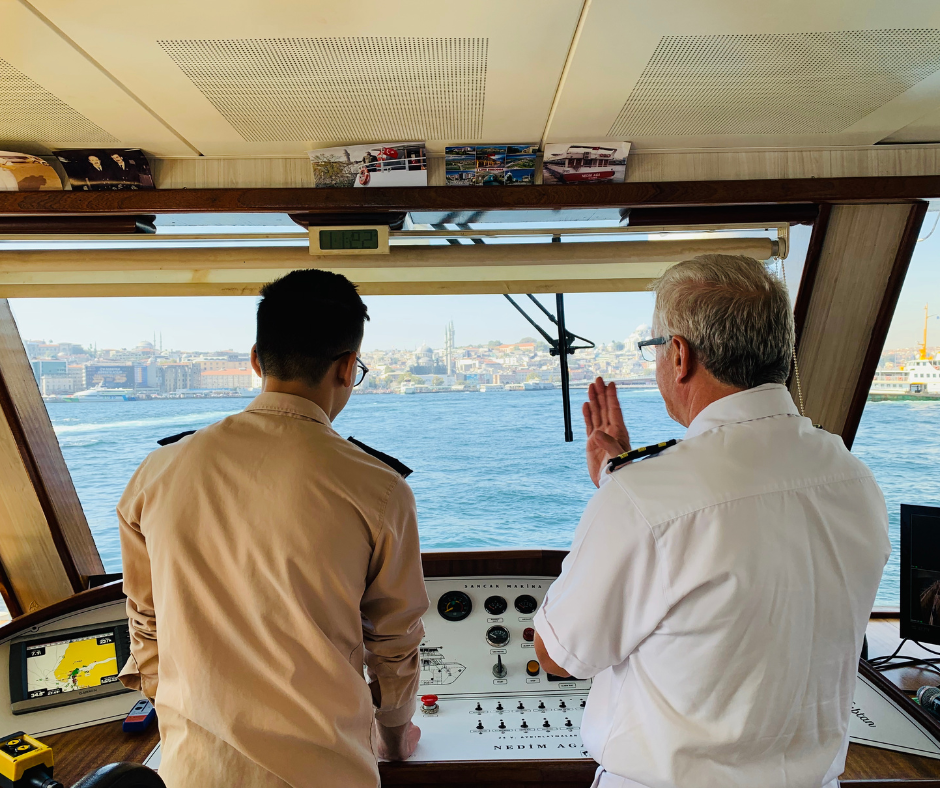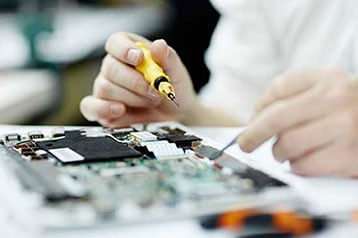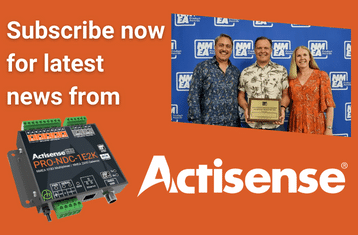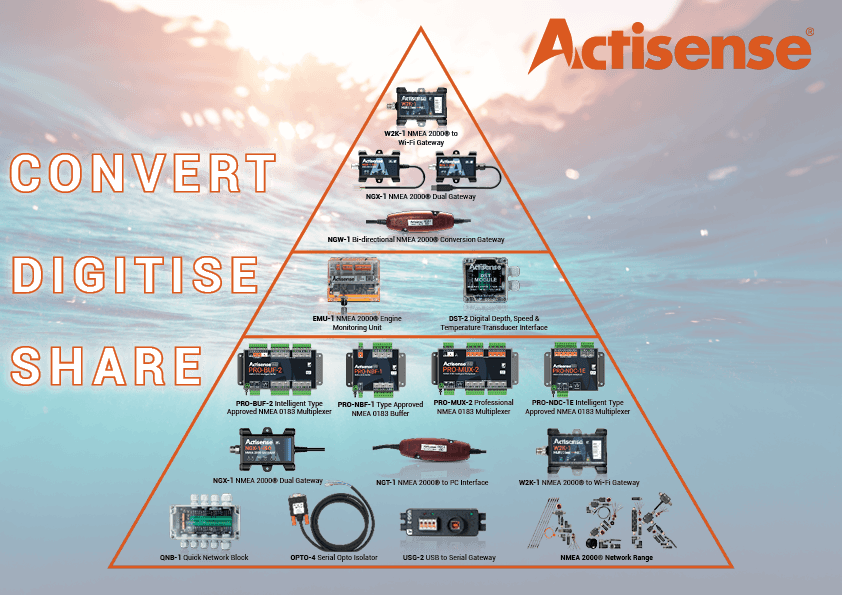
In a previous article, we looked at the fundamentals of the NMEA 2000 standard, but how has onboard connectivity progressed over the years? From NMEA 0183 to NMEA 2000, and not forgetting the recent release of the OneNet standard, it is easy to say that there are choices for the types of connectivity and networks we choose for our vessels. This article outlines the advantages of each connectivity type and the types of settings in which they may be used most effectively.
NMEA 0183
If we go back 40 years, we get to the release of NMEA 0183, a low-speed serial-based communication method, operating on RS232 and later RS422. In a sense, it’s an incredible testimony to NMEA 0183, that 40 years later, we are still actively using and installing NMEA 0183 equipment on board in all types of installations, from leisure through to military.
As NMEA 0183 uses serial communication, it allowed for a “multi listener, single talker” set-up, meaning that whilst the system could have many devices listening, only one could talk at a time. This has somewhat improved with the implementation of multiplexers and buffers, however, there are still limitations. Combine this with the slow speeds available and the complexity of installation on larger installations, it’s easy to see why a large number of boaters migrated to NMEA 2000.
NMEA 2000
NMEA 0183 is by no means redundant, especially in the commercial industry where it still thrives, and it will probably stay that way for a while. However, leisure and charter industries are swaying over to NMEA 2000, due to how easy it is to install and maintain in comparison to NMEA 0183. NMEA 2000 is designed to be user-friendly, plug and play style networking, utilizing CAN and DeviceNet. Unlike NMEA 0183 which uses separate connections between each device, NMEA 2000 has one backbone which every device connects to, allowing each instrument to communicate with one another. Another improvement of NMEA 2000 over NMEA 0183 is the data speed, where we consider NMEA 2000 medium speed (250kbit/sec) against NMEA 0183 which is low speed.
The list of available PGNs for NMEA 2000 is vast, making nearly all data accessible. Essentially, if there is a certified NMEA 2000 sensor or device that is available for a set of data, then it can be shared with all other devices on the same network.
OneNet
Alongside the two existing standards, a third one called NMEA OneNet has been released. This is an Ethernet-based physical layer, which can utilise both NMEA 2000 and NMEA 0183 data and transfer them at extremely high speeds. Before OneNet, sharing imaging and video such as radar and video camera feeds were done on separate connections from a manufacturer’s device, not connected to the NMEA 2000 network. The speed and bandwidth of NMEA 2000 is simply not high enough to support this type of media. With Ethernet operating at up to 10Gb/sec, we can now share this media across the network with all other devices also communicating together.
Utilising OneNet gateways for NMEA 0183 to Ethernet, NMEA 2000 to Ethernet and vice versa etc., we overcome a number of the previously limiting factors of both NMEA 2000 and NMEA 0183, whilst keeping every single device interconnected. Whilst this article has focused on the data level and interconnectivity aspects, it’s also worth highlighting that OneNet will enable Power Over Ethernet (for supported devices). For more on Power over Ethernet, read this article.




